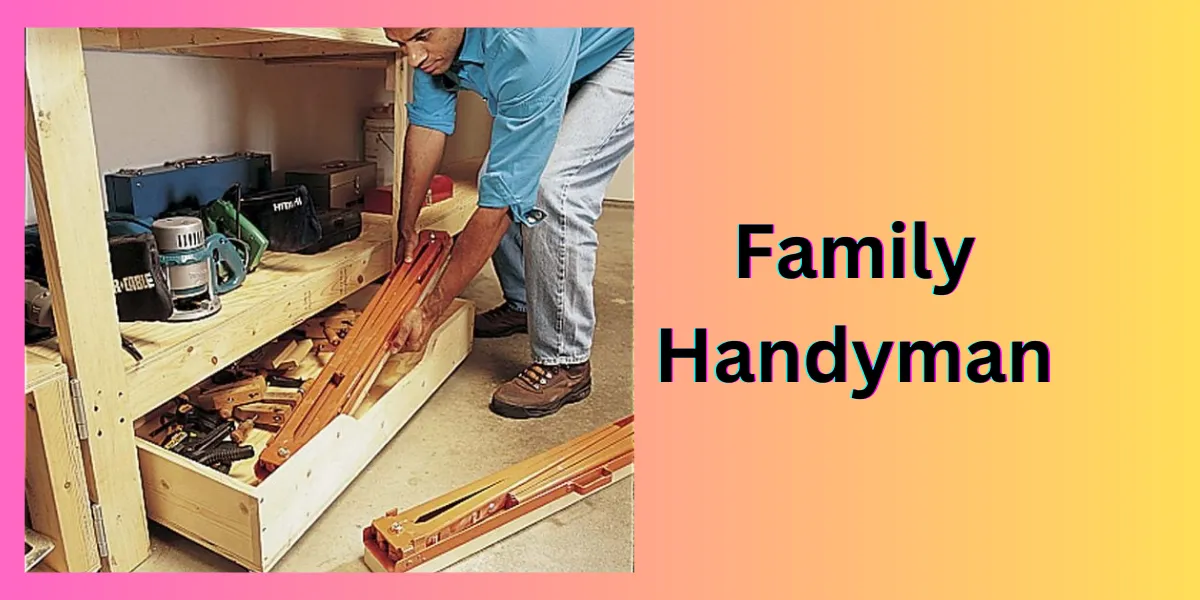Sungrow SH15/20/25T hybrid solar inverters are sophisticated devices that manage solar energy efficiently. However, like all electrical systems, they can encounter issues such as low system insulation resistance. This can lead to reduced efficiency and potential safety hazards. Addressing this issue promptly is crucial to maintain the system’s integrity and performance. This blog post explores steps to troubleshoot and resolve low insulation resistance in these inverters.

## Understanding Low System Insulation Resistance
Low system insulation resistance in solar inverters indicates that there is a degradation or breach in the insulation materials used within the electrical components (like cables and modules), which can lead to leakages and short circuits. This condition is often detected by the inverter’s monitoring system and can be triggered by environmental factors, aging infrastructure, or faulty installation.
### Key Causes of Low Insulation Resistance:
– Damaged or aged insulation on cables.
– Moisture infiltration, especially in adverse weather conditions.
– Poor connections or loose terminals, particularly in battery setups.
## Step-by-Step Troubleshooting Guide
### Step 1: Check ISO Resistance Protection Value
Adjusting the ISO (insulation) resistance protection value can sometimes resolve false alarms:
– **Access the App**: Use Sungrow’s monitoring app to check the current ISO resistance protection settings.
– **Adjust According to Regulations**: Ensure that the setting complies with local electrical safety regulations. Adjust if the set value is higher than necessary, which might be too sensitive for your environmental conditions.
### Step 2: Inspect Resistance of Strings and DC Cables
Physical inspection of the hardware is crucial to identify any potential insulation failures:
– **Measure Resistance**: Use an insulation resistance meter to check the resistance values of each string and DC cable connected to the inverter.
– **Look for Damage**: Inspect for any visible signs of damage or wear on the cables. Pay special attention to areas that are prone to mechanical stress or environmental exposure.
– **Take Corrective Measures**: Replace cables or repair insulation where short circuits or damage is detected.
### Step 3: Re-evaluate During Different Weather Conditions
Weather can significantly impact insulation resistance:
– **Monitor Changes**: If low insulation resistance issues occur predominantly during rainy or damp conditions, monitor the system again when the weather improves. Persistent issues in dry conditions might indicate a more serious problem.
### Step 4: Check Battery Connections and Cables
Batteries can also be a source of insulation problems:
– **Inspect Battery Cables**: Check for any signs of physical damage to the cables such as cracks, splits, or fraying.
– **Examine Terminals**: Ensure that all battery terminals are tight and clean. Loose or corroded terminals can contribute to insulation issues.
– **Replace and Secure**: Replace any damaged cables and secure loose connections to restore proper insulation resistance.
## Conclusion
Maintaining optimal insulation resistance is vital for the safety and efficiency of Sungrow SH15/20/25T hybrid solar inverters. By following these troubleshooting steps, you can identify the source of low insulation resistance and take appropriate corrective actions. Regular inspections and maintenance are recommended to avoid such issues, ensuring your solar inverter operates reliably over its lifespan. If after these steps the problem persists, professional help from Sungrow or a certified technician may be necessary to further diagnose and resolve the issue.













